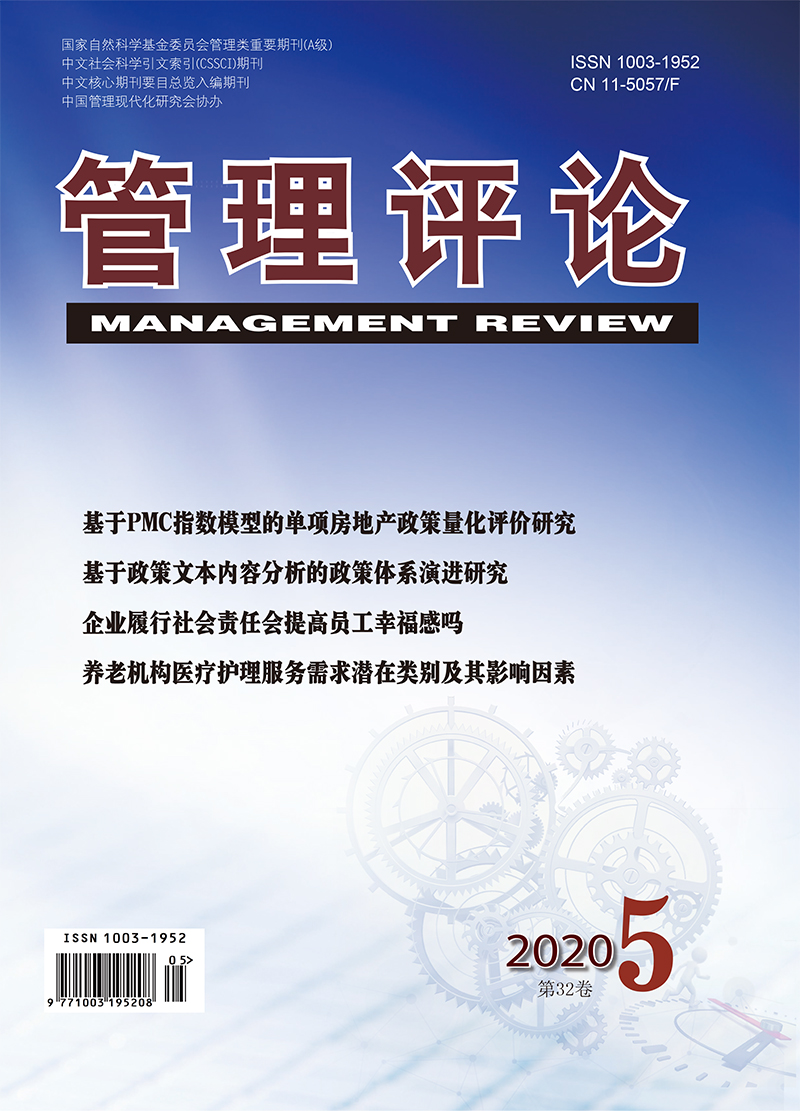In recent years, global industry structure keeps changing and emerging market countries’ industrial upgrading becomes more vital. Windows of opportunity (WO), a concept developed in the 1980s is widely considered a valid perspective to view industry changes, so it can be used for emerging market countries’ industrial upgrading in terms of strategy and practices. However, established literature on WO is fragmented and lacks consensus. Many scholars interpret such concept from different theoretical perspectives and analyze it at various levels of analysis. To fill in such literature gaps, we take a holistic view and review the literature on WO. In particular, we pay attentions to the definition as well as the research trends, the antecedents and consequences, and multiple theoretical lens of WO. Moreover, we further investigate the main characteristics of WO and conclude three main characteristics, namely diversity, dynamics and complexity. Last but not the least, we conceptualize the relative windows of opportunity (RWO) and reframe the three dimensions of RWO, time, space and inertia, in order to provide a better understanding of RWO. To the best of our knowledge, we are the first one to identify the key dimensions of it.

